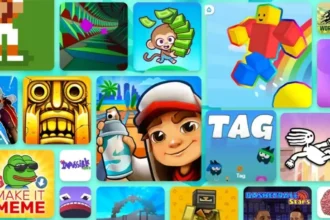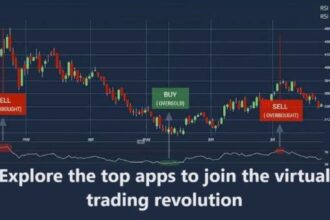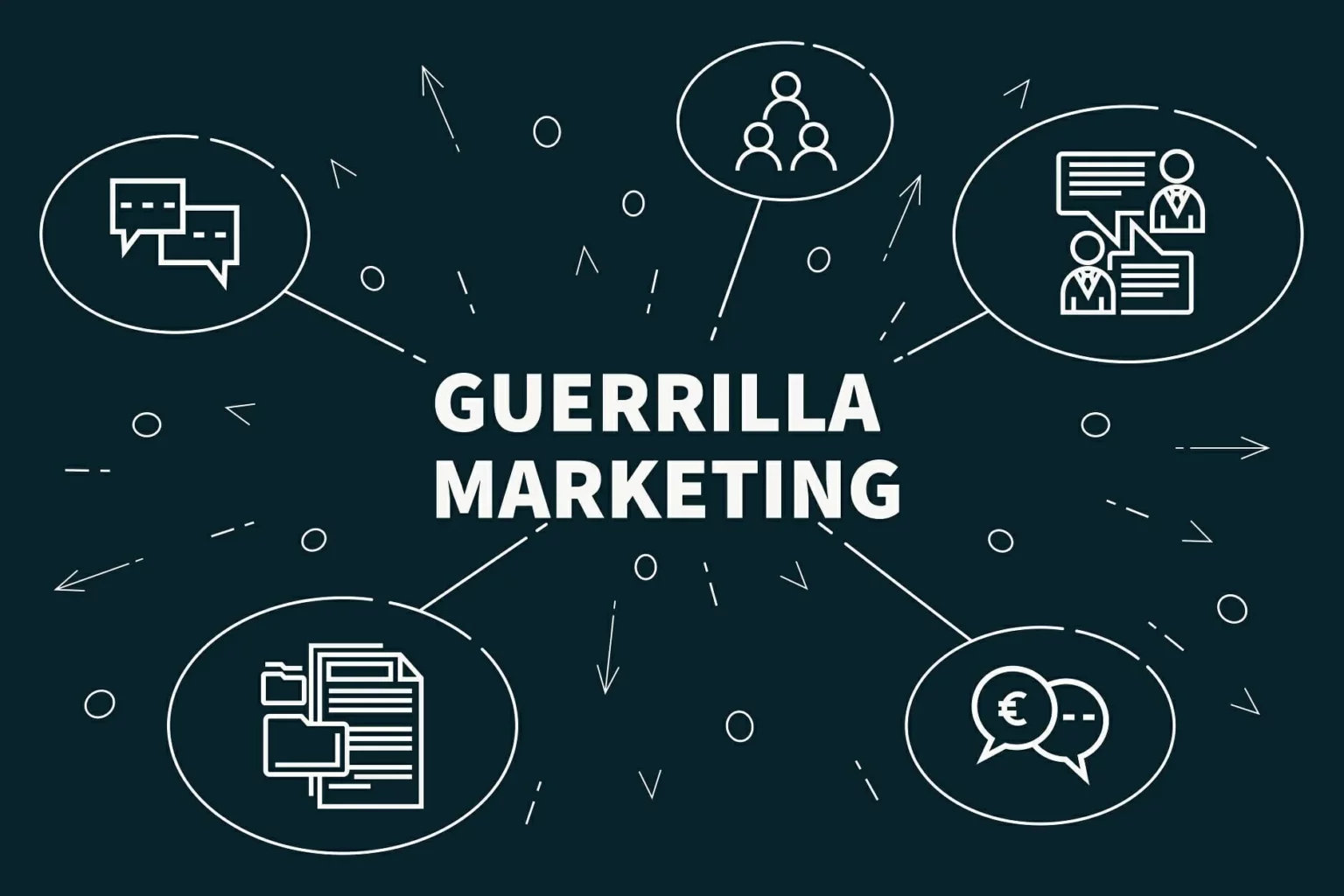Guerrilla marketing, a concept that emerged in the 1980s, has since evolved into a powerhouse strategy for businesses looking to make a big impact with minimal financial resources. In the dynamic landscapes of Asia and the US, brands have embraced this creative and low-budget approach to captivate audiences and carve out their niche in the market. In this exploration, we’ll delve into the nuances of guerrilla marketing, comparing its applications and effectiveness in Asia and the US, and showcasing some standout examples that have left a lasting impression.
Understanding Guerrilla Marketing
Guerrilla marketing from Advertising agency is all about unconventional, unexpected, and low-cost tactics that grab attention and generate buzz. It’s the David-and-Goliath strategy of the marketing world, where smaller players disrupt traditional marketing norms to compete with industry giants. From flash mobs and street art to interactive installations and viral stunts, guerrilla marketing thrives on innovation and surprise.
Cultural Context: Asia
To understand the nuances of guerrilla marketing in Asia, we spoke with marketing experts across the region. Mei Lin, a seasoned marketer in Singapore, believes that cultural diversity is both a challenge and an opportunity. “Asia is not a monolith; each country has its unique cultural nuances. Successful guerrilla campaigns must be tailored to resonate with local sensibilities.”
In Japan, where subtlety often reigns supreme, Hiroshi Tanaka notes, “Guerrilla marketing here is about blending in while standing out. It’s not always about loud and flashy; sometimes, it’s about creating a moment of quiet brilliance that sticks in people’s minds.”
Top Examples
1. Shiseido’s Artful Vending Machines (Japan): Shiseido, a renowned Japanese cosmetics brand, transformed mundane vending machines into works of art. These machines dispensed free samples of their products in aesthetically pleasing packaging, turning a routine experience into an interactive and memorable encounter.
2. Thai Health Promotion Foundation’s Smoking Kid (Thailand): In Thailand, the anti-smoking campaign took a bold turn with a video featuring a child approaching smokers, asking for a light. The shock factor and emotional impact sparked conversations and effectively conveyed the dangers of smoking.
Cultural Context: US
In the US, guerrilla marketing as advertising and marketing services has been a staple for startups and challenger brands. Sarah Thompson, a marketing consultant in New York, emphasizes the importance of authenticity. “Consumers in the US value authenticity and relatability. Guerrilla campaigns that tap into cultural conversations and societal trends tend to resonate the most.”
Ben Johnson, a marketing strategist in Los Angeles, adds, “Guerrilla marketing is about disrupting the norm, and in the US, norms can change quickly. To stand out, campaigns need to be not just innovative but also timely and socially relevant.”
Top Examples

1. Dollar Shave Club’s Viral Video (United States): Dollar Shave Club disrupted the razor industry with a low-budget, irreverent video that went viral. The CEO’s witty script and the straightforward value proposition resonated with consumers, turning a startup into a major player in the grooming industry.
2. The ALS Ice Bucket Challenge (United States): While not a traditional guerrilla campaign, the Ice Bucket Challenge demonstrated the power of grassroots movements. This social media-driven campaign raised awareness and funds for ALS research, showcasing the potential of user-generated content and community engagement.
Challenges and Opportunities: Bridging the Gap
Navigating the differences between Asian and American markets poses challenges for global brands. Emily Chen, a marketing strategist with experience in both markets, notes, “While Asia and the US share global trends, the approach to guerrilla marketing must be tailored. What works in one market may not resonate in the other.”
Striking the Right Balance:
Finding the balance between cultural relevance and global appeal is a delicate dance. Coca-Cola’s “Share a Coke” campaign, though not a classic guerrilla tactic, successfully blended personalization with a universal theme. The campaign replaced the brand’s logo with common names, encouraging consumers to share a Coke with friends and family. This simple yet powerful idea resonated across diverse markets, showcasing the potential for a globally adaptable guerrilla strategy.
Creative agency that deals in Guerrilla marketing’s essence lies in its ability to disrupt, surprise, and captivate audiences without breaking the bank. In the diverse markets of Asia and the US, this strategy takes on unique flavours, influenced by cultural nuances, consumer behaviours, and societal norms. As businesses continue to seek innovative ways to connect with their audience, guerrilla marketing remains a powerful tool, proving that a compelling idea can leave a lasting impact, regardless of budget constraints. Whether on the bustling streets of Tokyo or the vibrant neighbourhoods of New York City, the guerrilla spirit continues to thrive, inspiring marketers to think outside the box and embrace the unexpected.




